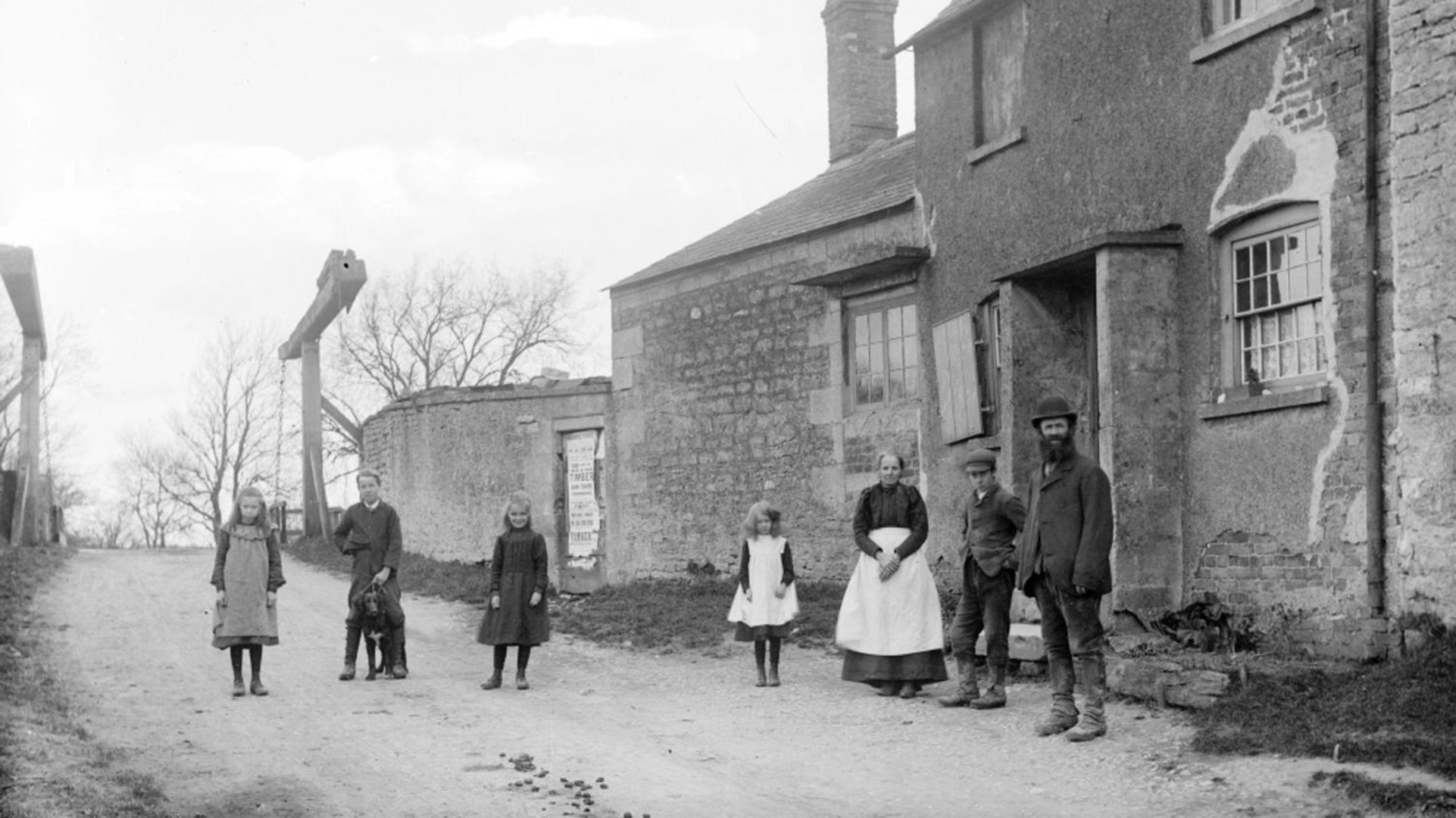What Could You Find Out about Your Home?
Architectural history isn't only about grand stately homes or picturesque thatched cottages - though they do of course play their part. It tells the story of communities and local identity - where we live, how we live, and how we came together over the centuries to create the built heritage we see today.
Changes
If you live in a remote farmhouse, the landscape around you may not have changed much for hundreds of years. But for the most part, signs of change are all around us.
Changes in architecture can tell the story of how an area developed. Styles, and fortunes, changed over the years, and external influences - wars, the Industrial Revolution, the advent of the train and the motor car, population growth - all had an effect on how, where and when houses were built.
Protecting our heritage
Listing celebrates a specific building's special architectural and historic interest, while conservation areas are "areas of special architectural or historic interest, the character or appearance of which it is desirable to preserve or enhance". But neither is intended to prevent change - they simply mean that consent must be applied for in order to make any changes that might affect the special interest of the building or area. Indeed, the concept of a conservation area wasn't introduced until 1967, so up to that time there was little check on what changes were being made.
History begins at home
While not everyone would be able to claim that "Queen Elizabeth I stayed here", there are any number of interesting things you could find out about the history of your house. You may already know more than you think. If you've ever redecorated, or moved things round in your attic, or dug up your garden, there's a chance you've caught a glimpse of the previous lives lived - an old dated sheet of newspaper used as lining, a carpenter's copperplate handwriting on an original wooden panel, even a Civil War musket ball in the garden.
There is always more to discover. Your house may be the first or best example of a particular style of architecture. It may have featured in an important painting or photograph. Someone famous may have once lived there, or something momentous may have happened there.
Community history
No house stands alone. Its history is irrevocably linked to the community in which it stands. Look at your home and how it fits into its surroundings. It might have been the hub of the community - a school or a church, or the 'Big House' of the village.
It could have been part of a country estate long since swallowed up by a nearby town. Maybe your house was built to house factory workers and their families. The industry - be it coal, iron, cloth, railways - may be long gone or changed beyond recognition, but the houses remain.
In the middle of larger cities, mews houses are popular among car owners because of their large garages, which were once used to stable horses. But whose horses were they? Which grand house did the mews belong to? Look for historical plaques in your area - your street may have been the scene of a famous march or protest.
The more you find out, the more questions you come up with.





